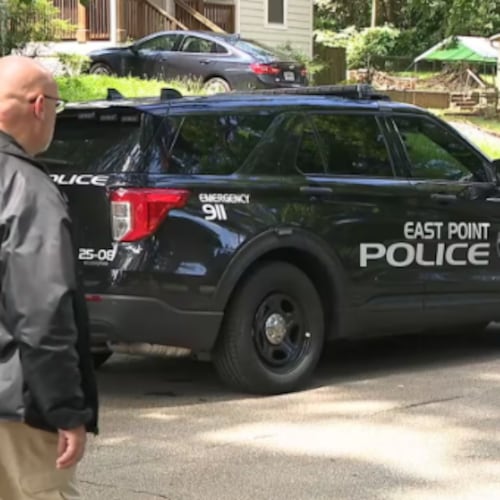Walter Amey was pushing his bike along Abner Place in northwest Atlanta Saturday night when he was clipped and dragged by a hit-and-run motorist. He died just up the street from where he lived — the 7th cyclist killed on metro area roads since 2008.
More than 600 bike riders have been injured over that same period, giving Atlanta’s streets a bad reputation among the cycling community. But advocates say the situation is improving, even if the number of crashes are on the rise.
From 2011 to 2012 bike crashes increased 12.3 percent in the five-county metro area (Clayton, Cobb, DeKalb, Fulton and Gwinnett), according to James Barlament, a traffic safety researcher with UGA’s College of Public Health.
Crashes have fallen slightly in the suburbs, said Barlament, using numbers culled from the Georgia Department of Transportation, though there was a similar increase from 2011-12 to that seen in the metro area.
“We have total numbers, but with the increase in cycling we may be seeing a decrease in the crash rate,” said Rebecca Serna, executive director of the Atlanta Bicycle Coalition. Serna notes that rate is difficult to compute due to a lack of data.
Numbers aside, Serna is bullish about the future.
For the first time, cycling is more than an afterthought to city leaders, Serna said.
Just last month, the Atlanta City Council approved $2.47 million for biking projects in 2013. This summer, a bike lane will be installed on Ponce de Leon Avenue from Freedom Parkway to Piedmont Avenue.
“The word hasn’t gotten out yet,” Serna said. “But the tide is turning.”
Outside the city, progress is a bit more gradual.
“You’re starting to see little pockets of change,” said Jackie Tyson, president of Bike Alpharetta, an organization initiated by the city. “Bicycling is now part of the planning process.”
Sharing the road with traffic-fatigued motorists remains the biggest challenge.
Tyson said commuters are becoming more aware of cyclists, if not yet considerate.
Advocates say they’d like the state to pay for a public education campaign about a state law passed two years ago requiring drivers to scoot over at least three feet when passing bikers.
“Very few people are aware of it,” said Joe Seconder, founder of BikeWalk Dunwoody. “We’d like to see something along the lines of the ‘click it or ticket’ campaign targeting safety belts.”
Advocates say a greater commitment by state politicians is needed if the area is going to fully transform into one viewed as cyclist-friendly.
There’s been plenty of talk, dating to 1998 when GDOT proposed a statewide cycling network. Last year, Georgia Bikes assisted the transportation department to develop a “Complete Streets” policy that ensures all future roadway projects must address the needs of cyclists and pedestrians.
“The real action has been generated by grass roots efforts,” said Seconder, who plans to participate in Tuesday’s Ride to the Capitol along with thousands of other cycling enthusiasts.
“A plan is a plan is a plan,” he said. “Now’s the time for funding.”
Seconder pointed to Boston, which not long ago featured virtually no bike lanes.
“Now they have 80 miles of lanes,” he said. “They had the political will to get it done, and that’s what we need here in Georgia.”
About the Author
The Latest
Featured


